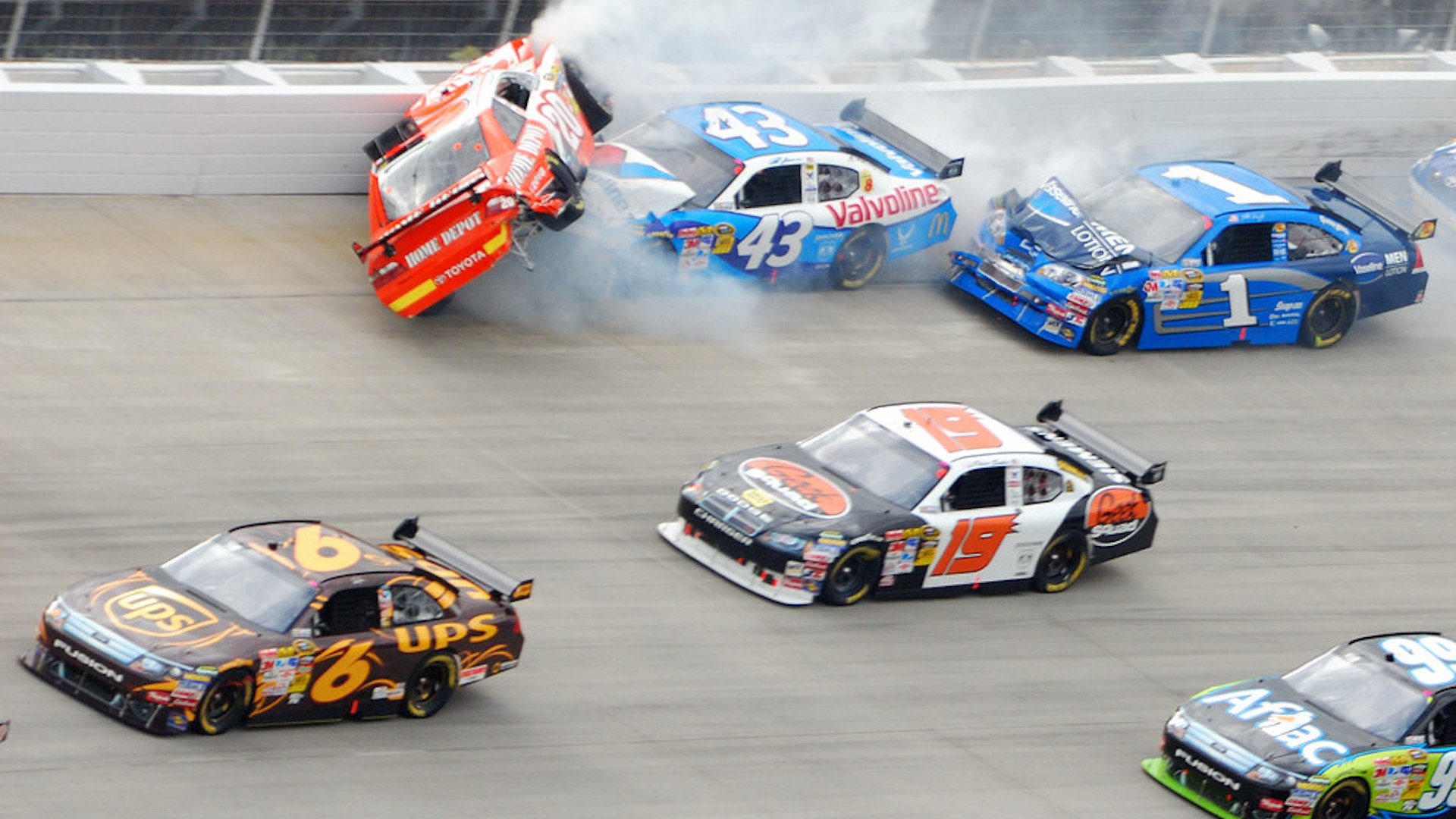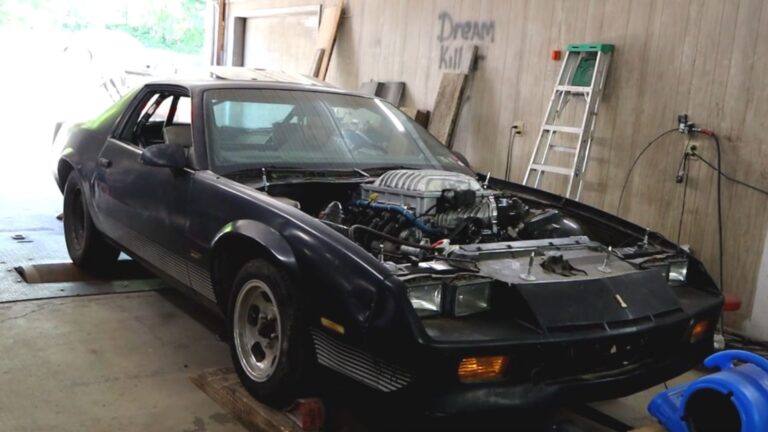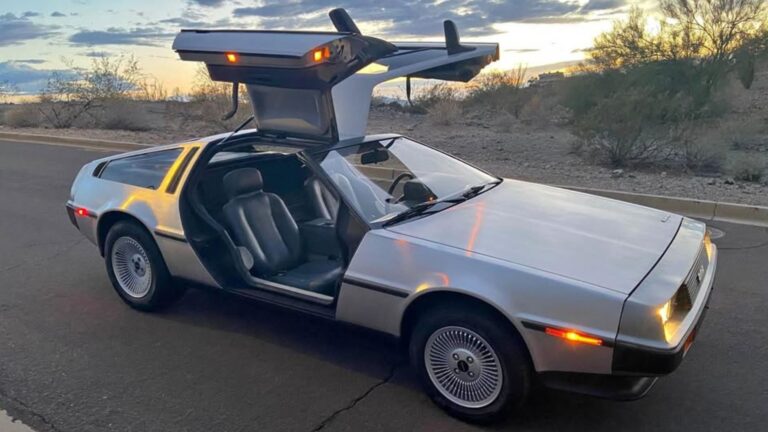
Think NASCAR and you might imagine roaring engines, checkered flags, and speedy pit stops. But what you probably don’t picture is a decommissioned stock car being transformed into your next golf club or even a child’s swing set. Welcome to the surprisingly sustainable world of NASCAR’s car recycling program, where the end of a race is just the beginning of another cycle.
In the high-octane world of racing, nothing seems disposable. “Nothing off a race car should ever end up in a landfill,” insists Louis Gordon of L. Gordon Iron and Metal Co., a North Carolina-based company specializing in shredding wrecked race cars. Contrary to its gas-guzzling reputation, NASCAR has a surprising approach to sustainability, treating each component of a car as a valuable asset, waiting to be repurposed.
Gordon claims to have shredded hundreds of race cars, sending them off to mini-mills where they’re converted back into raw steel. But shredding is just the final chapter in the life of a race car. A car’s afterlife begins the moment it’s declared unfit for the track— a sentence not handed out lightly. According to Chad Knaus, Jimmie Johnson’s crew chief, “A car has to be pretty bad if we say it’s a ‘do not resuscitate.'” More often than not, damaged cars are either stripped for parts, sold to lower-tier teams, or reborn through a mix-and-match of undamaged halves.
Sometimes, drivers get emotionally attached to their cars and opt for unique ways to immortalize them. Some have even turned their crashed cars into coffee table centerpieces—talk about a conversation starter! On the flip side, the legendary Dale Earnhardt Jr. keeps a graveyard of iconic cars, like the one Jeff Gordon drove to win the 1997 Daytona 500, on his property, shrouded by nature’s cloak of tall grass and shrubs.
Recycling goes beyond metal. Tires often find second lives as door mats or get ground up for use in playgrounds and artificial turf. Engine oil? That gets refined and reused by the U.S. military and the Postal Service. Even the waste generated during races is meticulously managed. “You don’t want to wash rubber into the drains,” notes Knaus, emphasizing the industry’s commitment to environmentally safe clean-up procedures.
But what about the moolah? Let’s not kid ourselves; recycling is good business. Scrap steel can fetch seven cents a pound, while aluminum commands up to 40 cents. Some racing teams even hoard obsolete parts, like radiators, just in case someone needs one someday.
This circle of life—or maybe that should be ‘circle of lap’?—ensures that each car’s legacy is as enduring as the sport itself. Whether reincarnated as new racing machines, repurposed into household objects, or even as artifacts in a driver’s personal museum, the racing world ensures that its cars live on, long after they’ve crossed their final finish line.
Image Via NASCAR





